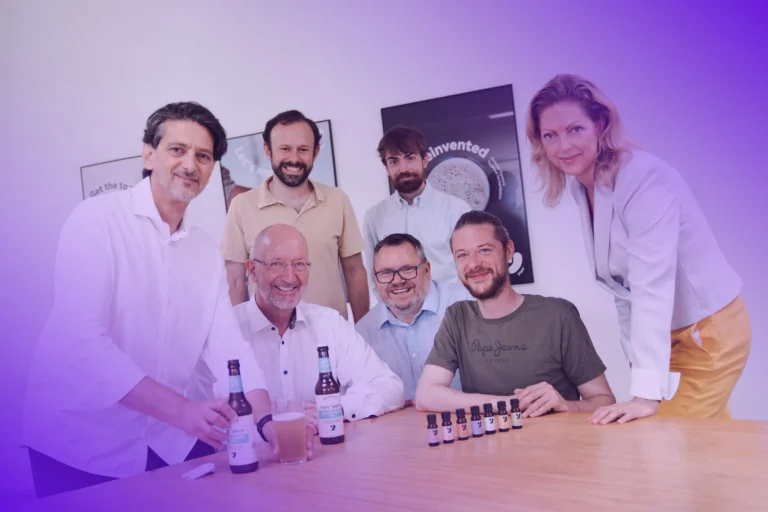
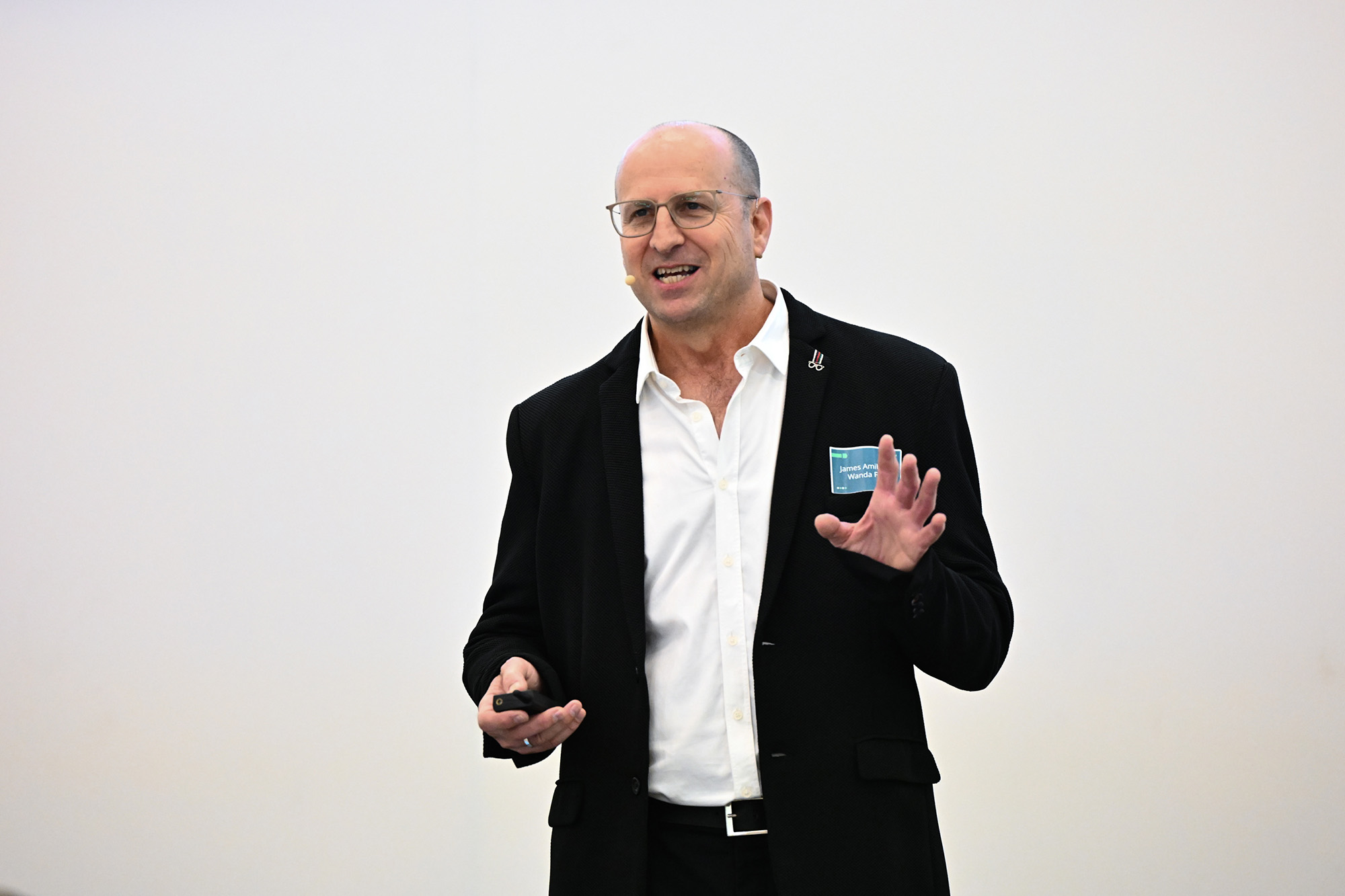
PPTI Web Exclusive: How Wanda Fish is building the future of seafood, one cell at a time
As climate change, overfishing, and pollution push the oceans toward crisis, Wanda Fish is betting on one of the hardest challenges in alternative protein: cultivating premium bluefin tuna. CEO James Amihood explains why tackling the ‘diamond of the sea’ could redefine not just seafood, but the entire future of ocean proteins
“Humanity has always struggled to respond to slow-burning crises – until they explode into full view,” reflects James Amihood, CEO of Wanda Fish. “But climate change, collapsing ecosystems, and a looming food security crisis are no longer distant warnings; they are here, now, accelerating before our eyes.”
For him, the oceans illustrate the crisis most clearly. “The seas – once the cradle of life – are choking with plastic, chemical waste, and toxins that threaten not only marine ecosystems but our own health,” he says. “We are running out of time to feed the world safely and sustainably. The question is no longer if we must change, but how fast we can change.” A similar view recently voiced by Sir David Attenborough, emphasizing the ocean's vital importance and highlighting the need to save it for the future.
That urgency has shaped Wanda Fish’s decision to start with one of the world’s most prized species: bluefin tuna.
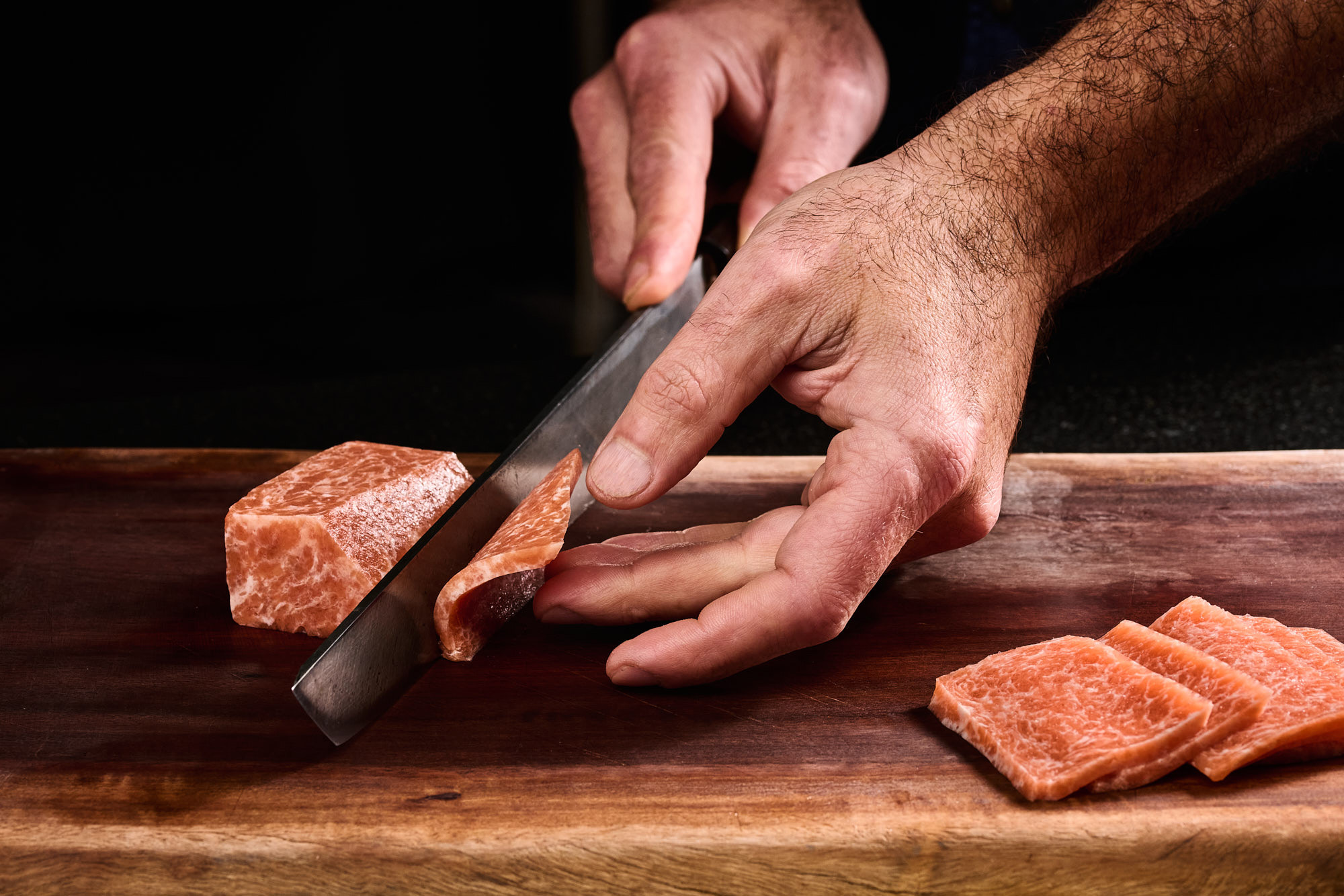
Choosing the hardest fish first
Bluefin tuna is revered for its flavor, texture, and cultural status. In Tokyo’s Toyosu fish market, whole fish have sold for over US$1 million. But stocks are collapsing, aquaculture produces less than 2% of supply, and wild catches are often contaminated with mercury or microplastics.
“At Wanda Fish, we have chosen to focus on cultivated seafood, beginning with bluefin tuna, because it offers the greatest opportunity for impact,” says Amihood. “It is called the ‘diamond’ of all fish, commanding one of the highest prices in the seafood market. Yet behind that prestige lies a sobering reality.”
As he frames it, the company’s decision is about making a bold stand. “By starting with bluefin tuna, we are tackling both a culinary treasure and a global problem in one bold step – ensuring that future generations can enjoy the world’s most celebrated seafood without sacrificing the planet to get it.”
Beyond substitution
Many alternative protein companies launched with simple analogues – burgers, nuggets, patties. Wanda Fish went the other way.
“Cultivated bluefin tuna represents a uniquely promising yet inherently challenging target in the alternative protein space because it addresses one of the highest technical and market barriers: premium raw, whole-cut seafood, specifically sushi-grade tuna,” Amihood explains.
Replicating toro is a formidable test. To meet it, Wanda Fish has developed a hybrid approach in which cultivated cells are combined with a proprietary plant-based formulation to reproduce the muscle, fat, and marbling of wild fish.
“The final product is formed into a block, known in Japanese as Saku, which can be sliced for sashimi, nigiri, or similar dishes,” says Amihood.
Unlike cultivated meat, no scaffolding is needed. The cells grow in suspension in bioreactors, with a nutrient-rich medium and a tailored fat compound designed to replicate the buttery texture and umami flavor of wild bluefin.
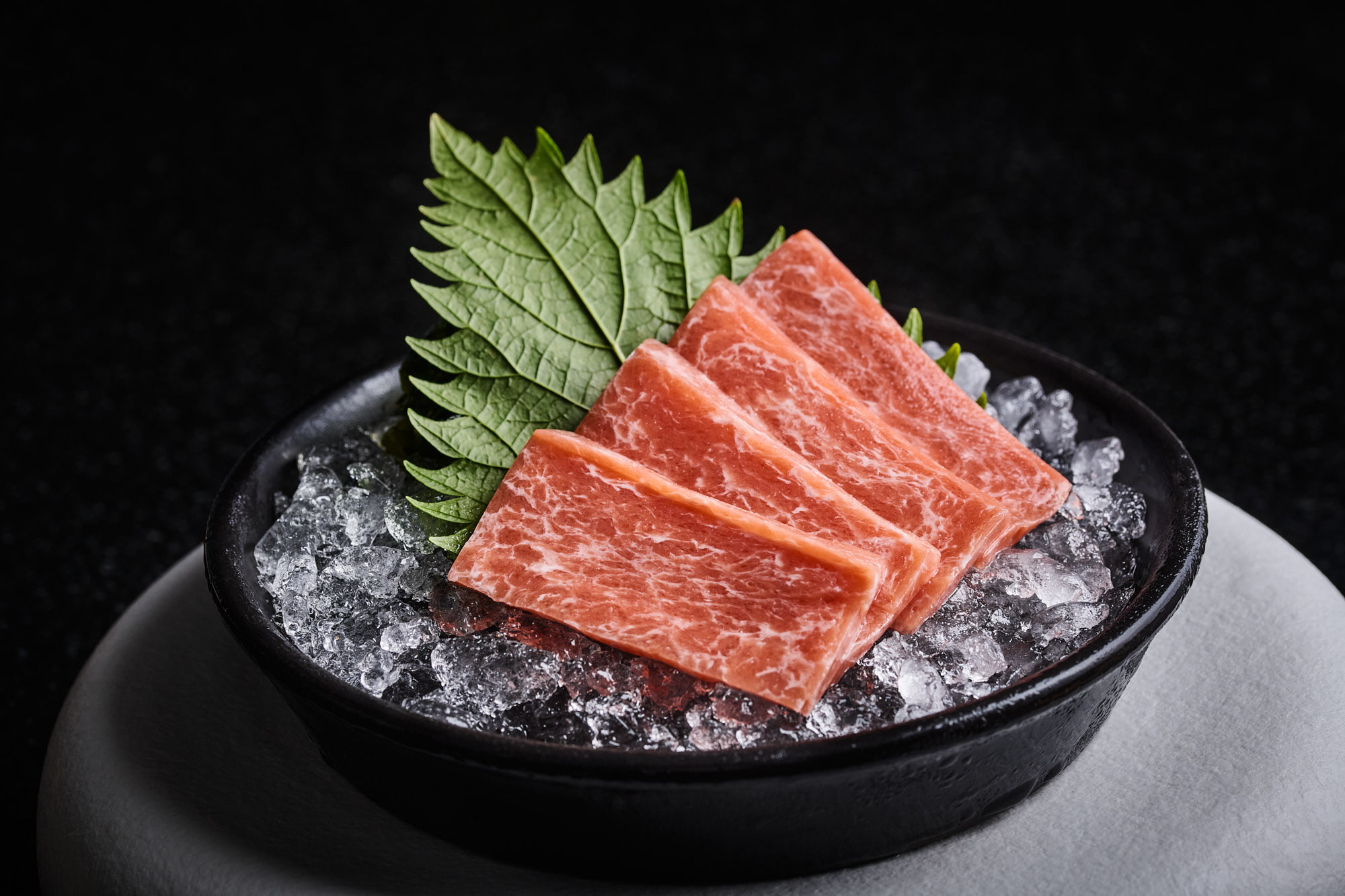
Precision and discipline
For Amihood, progress is as much about execution as invention. “We operate, relentlessly disciplined in how we spend and uncompromisingly efficient in our timelines,” he says. “Every dollar and every week are deployed exactly where they will yield maximum impact, propelling us toward market readiness with extraordinary speed.”
That discipline underpins a model built on five pillars: a strong team, high entry barriers through IP and trade secrets, product differentiation, strategic collaborations, and outsourcing of non-critical tasks. By focusing its resources on core breakthroughs like texture, flavor, and scalability, Wanda Fish accelerates development while keeping costs under control.
“The future of food is not a choice for tomorrow – it is a fight for today”
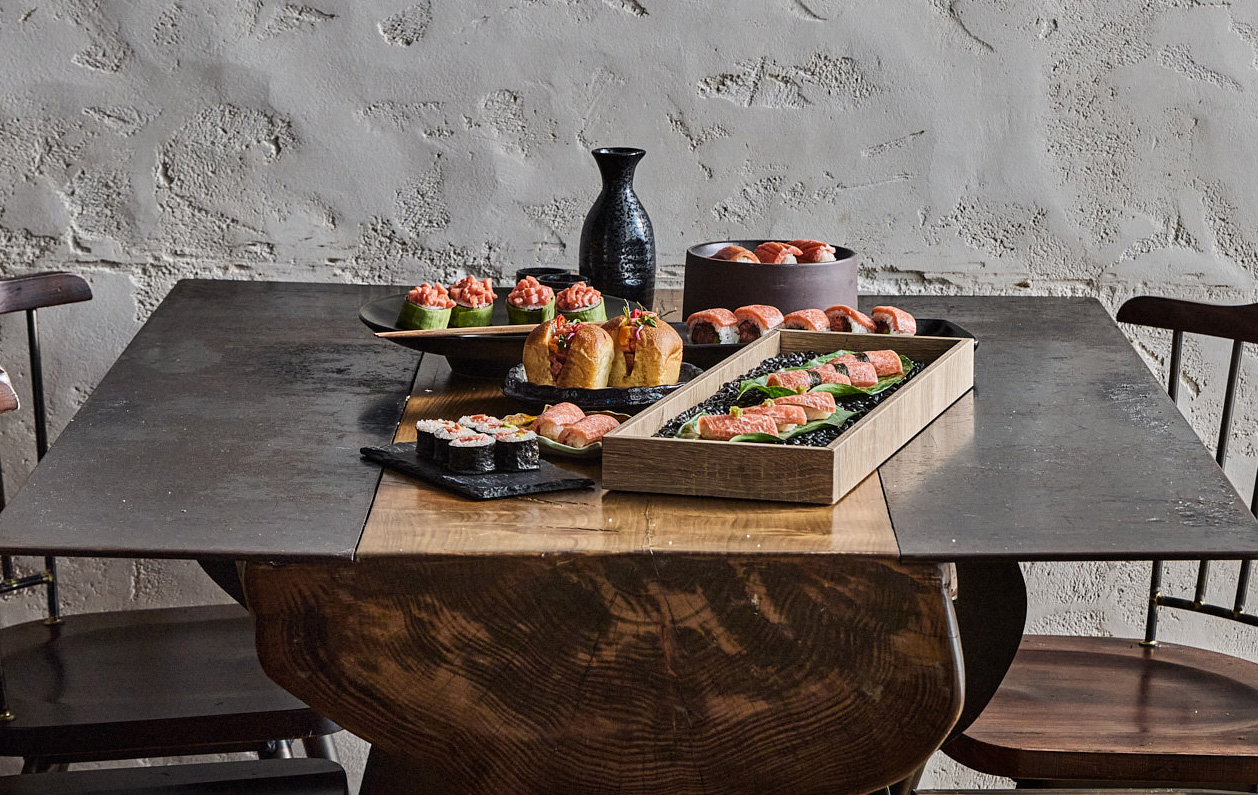
Coexistence, not disruption
Amihood stresses that cultivated seafood is not designed to displace other systems. “Nearly a third of the world’s population depends on the oceans and their resources,” he points out. “In many countries, approximately 50% of the fish consumed comes from aquaculture. Our goal is not to replace these systems, but to provide an appealing alternative during the necessary recovery period.”
He envisions a future in which all production models play a role. “We believe that after this recovery phase, the three categories – conventional fishing, aquaculture, and cultivated seafood – along with plant-based alternatives, will coexist harmoniously,” Amihood says. “Each category will complement the others, offering consumers a wide array of tasty, safe, and regulated food choices.”

To illustrate, he looks to dairy, where large cooperatives, organic producers, and niche models coexist in one resilient sector. “Similarly, in protein production, we envision a future where cultivated seafood, conventional fishing, aquaculture, and plant-based alternatives form a diversified portfolio of options.”
Modular seafood
Perhaps Wanda Fish’s most innovative play is its modular platform, split between upstream and downstream.
“We have developed fish cell lines from multiple bluefin tuna tissues, including muscle, fat, and fibroblast cell types, and created a cost-effective growth medium optimized for high-density proliferation,” says Amihood. “These cell lines share harmonized culture conditions, enabling us to generate cells from virtually any species of interest.”
Downstream, the company integrates cell types with plant-based ingredients to create the final products. The system is deliberately versatile. “It can be applied to other raw seafood species, to fat-marbled meats like wagyu beef, and even to purely plant-based alternative products,” Amihood notes.
This modularity provides scalability without the capital burden of fully integrated facilities. “Phased deployment of modules reduces the need for heavy upfront CapEx, aligning investment with operational milestones and market demand,” he says. “It also lowers financial risk and accelerates early-stage production timelines.”
A B2B route to market
Instead of consumer branding, Wanda Fish is pursuing a B2B pathway. Early collaborations with upscale restaurants will build visibility, followed by co-branding with distributors.
“By partnering with strong, well-positioned players, we can leverage their commercial networks and know-how, accelerating our time to market,” Amihood explains. Longer term, he envisions regional production with food corporations or CDMOs, enabling efficient local distribution.
Looking toward 2030
In the near term, milestones include fundraising, pilot production validation, regulatory engagement, and stronger partnerships. Longer term, Amihood sees cultivated seafood as integral to the global food system.
“By 2030, we see cultivated seafood as a vibrant, established part of the global food system – with at least 10 pioneering companies delivering an exciting range of high-quality products to consumers across multiple continents,” he says. “Cultivated seafood will stand alongside conventional fishing, aquaculture, and plant-based options – expanding consumer choice and reducing the strain on marine ecosystems.”
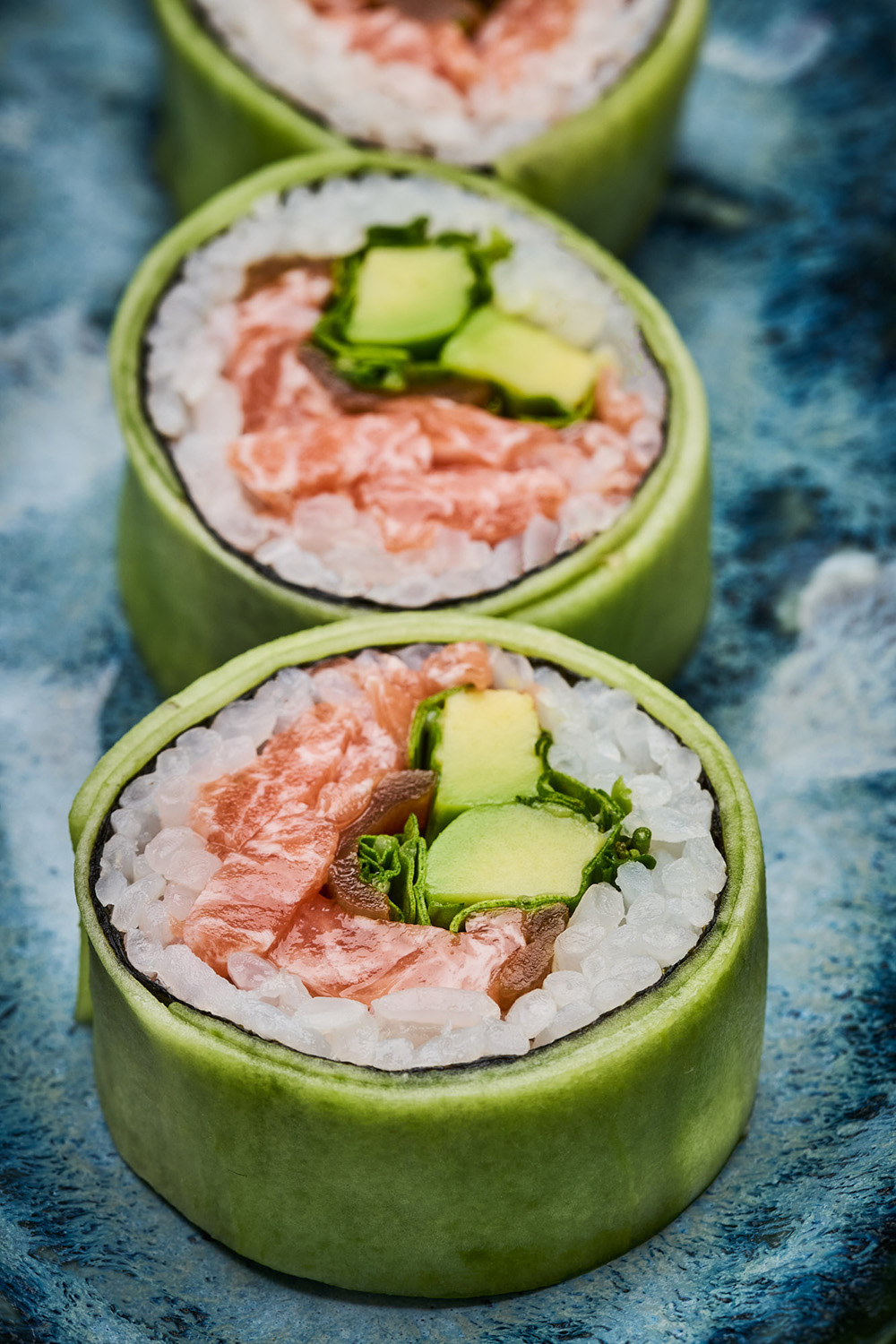
And Wanda Fish’s role? Amihood wants nothing less than leadership. “Our cultivated bluefin will combine the sensory experience of wild-caught tuna – the rich flavor, delicate texture, and superior nutrition – with clear advantages for environmental stewardship, ethical sourcing, and public health,” he says. “Our goal is to be recognized as the company that not only helped pioneer the space but also elevated expectations for what the future of ocean proteins can be.”
For him, it all comes down to urgency. “The future of food is not a choice for tomorrow – it is a fight for today,” Amihood insists. “And bluefin tuna is where we’ve chosen to make our stand.”
If you have any questions or would like to get in touch with us, please email info@futureofproteinproduction.com


-p-800.jpg)


